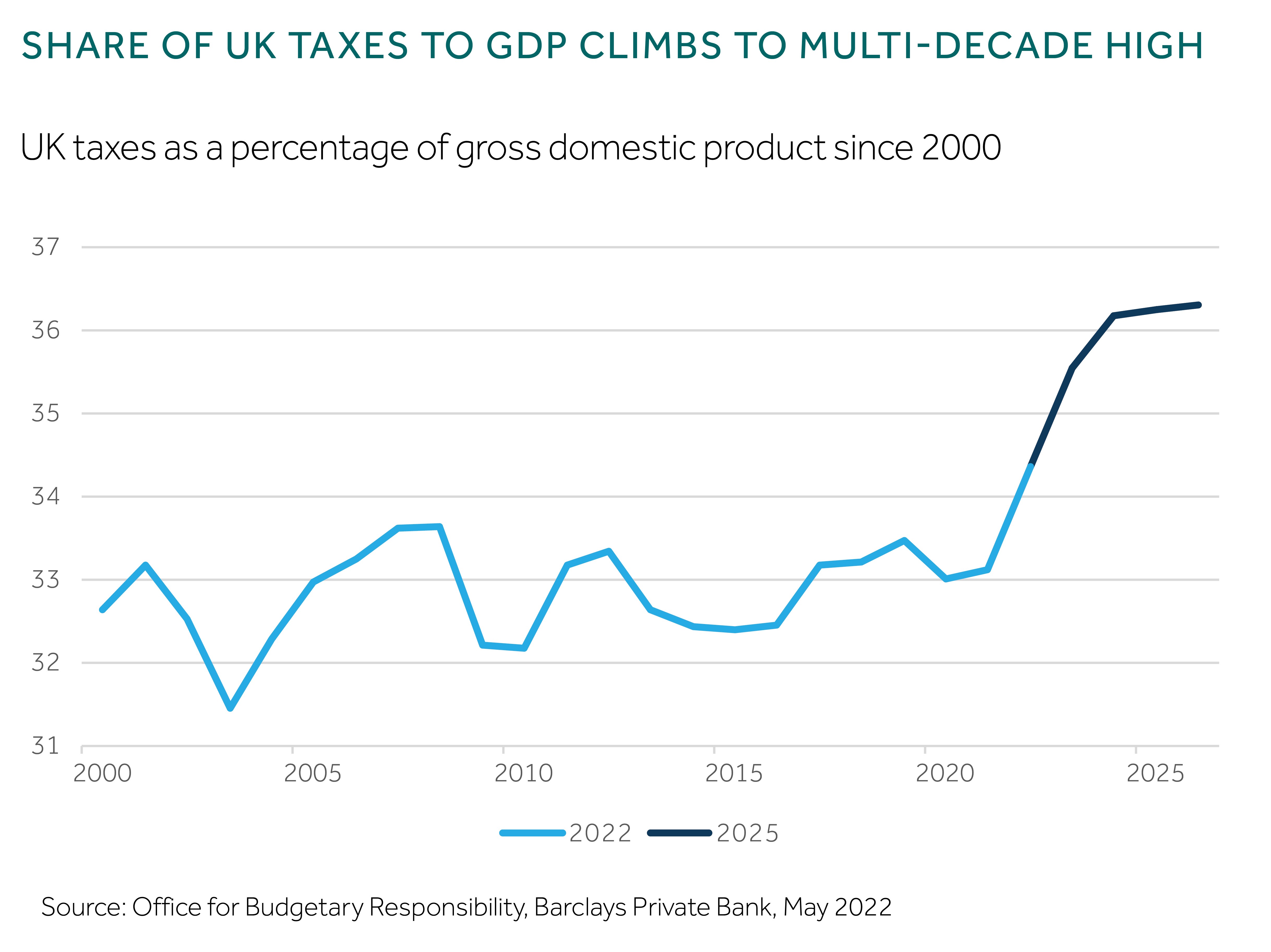Cost of living pressures are squeezing the consumer
The independent watchdog the Office for Budget Responsibility now forecasts a 2.2% drop in real income over the next year. This would represent the largest hit to living standards in any financial year since records began in 1956.
The squeeze in the cost of living is affecting consumer confidence and spending habits. In data that spans nearly 50 years, in May the GFK consumer confidence index plummeted to minus 40, a record low. The Office for National Statistics stated that retail sales volumes fell 1.2%, adding to the decline seen in February. The fall was led by a reduction in spending at online retailers.
There are also signs that consumers are cutting back on travel due to the record high price of fuel at the pumps. Google mobility data, which offers a real-time snapshot of activity, shows footfall at UK retailers has flat-lined since mid-February. While much of the weakness can be attributed to the pressures on consumers’ disposable income, wealthier households seem to be switching some of their discretionary spend to travel and hospitality from goods.
The outlook for household consumption will be driven by the balance between the pent-up demand, following the easing of restrictions, and the higher cost of living. The reduction in spending is likely to be at a slower pace than we would normally assume at a time of elevated inflation, given the excess savings that were built up during the pandemic.
That said, weakening leading indicators and lower levels of confidence may encourage consumers to hold onto their savings for longer. We see private consumption growth slow to 0.7% in 2023 from 4.9% this year.


